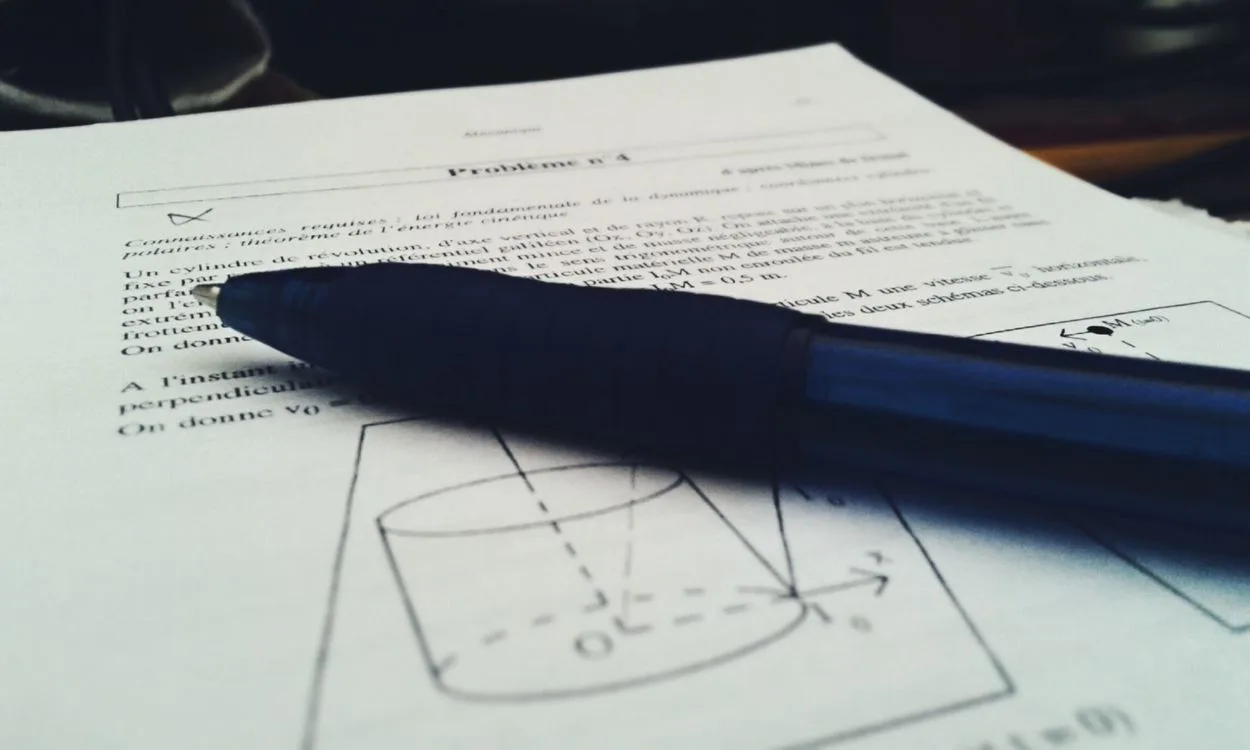For active and reactive forces to work, there must at least be two objects. You can’t tell active and reactive forces apart. The only difference would be that the forces act in opposite directions.
Interestingly, both forces will occur simultaneously without any time lag. Kicking a table will cause the table to act as an active force, while your leg will act as a reactive force. This is what Newton’s law implies.
As we just discussed how they are different, let’s look at some similarities between them.
- Both happen together
- The magnitude of both forces is equivalent
- Action is also a reaction, and the same goes for a reaction
Despite being working simultaneously, both forces do not cancel each other.
Throughout this article, I’m going to explain these terminologies. I’ll also discuss different types of forces.
So if you are feeling intrigued, then let’s dive into it…
Force
Let us clarify what force means in the first place:
| Force | Pushing or pulling an object indicates that a force is applied to an object and is causing a movement. However, this definition of force doesn’t explain the whole concept. Even if an object is stationary, it is still known as being acted upon by forces. |
| Does force always make an object move? | Pushing or pulling an object indicates that a force is applied to an object and is causing a movement. Though, this definition of force doesn’t explain the whole concept. Even if an object is stationary, it is still known as being acted upon by forces. |
If you want to dive deeper into the meaning of force, you should watch this video:
Active And Reactive Force
Both active and reactive forces have no difference in size and magnitude. They just act in opposite directions, one in reaction to the other.
If you hit your toe against the wall, the wall will exert the same force on your toe, causing it to hurt.
Walking is another example of these forces. Your feet pushing the ground backward will be an active force, while your body moving forward will be an example of a reactive force. You can understand from here how both these forces act in opposite directions.
Types Of Forces
Frictional Force
This force helps objects stop moving. If there was no friction, the objects would be unstoppable. Vehicle brakes are the greatest example of friction.

Applied Force
What you can mean by this force is the involvement of pushing or pulling. For instance, you apply force on a box to move it forward.
Gravitational Force
Earth has this force that pulls the objects towards the ground. As a result, objects and people cannot float and stay on the ground. This force also exists in objects. The more massive the object, the more gravitational force it has.
It’s important to note that not all planets have the same level of gravity.
Are Active And Reactive Forces Equal?
Yes, both forces are undoubtedly, equal and occur in opposite directions. This is what you have learned in Newton’s law. Even so, many people equate active and reactive with cause and effect, which is misleading. Association between two objects gives rise to opposite forces.
Energy VS. Force

You should see energy and force as to cause and effect. When you want an action to occur, it results from energy. The effect that is caused by energy is known as force. However, they’re two individual quantities.
The more energy you’ve, the more work you’ll be able to perform.
Final Thoughts
- Active and reactive forces are the core concept of Newton’s third law of motion. They require at least two objects acting in opposite directions simultaneously.
- Though they are indifferent in magnitude, they are distinct by their opposing action and reaction. Many scenarios illustrate it. For example, kicking a table (active force) results in the table exerting force back (reactive force) on the leg.
- Despite their contrast, these forces share similarities. They act concurrently, possess equal magnitudes, and do not negate each other’s effects.
- Understanding force as push or pull doesn’t necessarily imply movement. A balance of forces can keep objects stationary. It demonstrates the significance of net force for motion.
- Various forces, like frictional, applied, and gravitational, contribute to object interactions. It impacts motion and stability.
- Newton’s law highlights the equality and opposite nature of active and reactive forces. It is often misunderstood as cause and effect. They emerge from the association between two objects.
- Energy and force are interrelated yet distinct concepts. Energy initiates action. And force is the effect of that energy that influences the work done.
- Active and reactive forces, contrary to cause and effect, work in tandem. It arises simultaneously in response to interactions between objects. This action aligns with Newton’s third law of motion.

